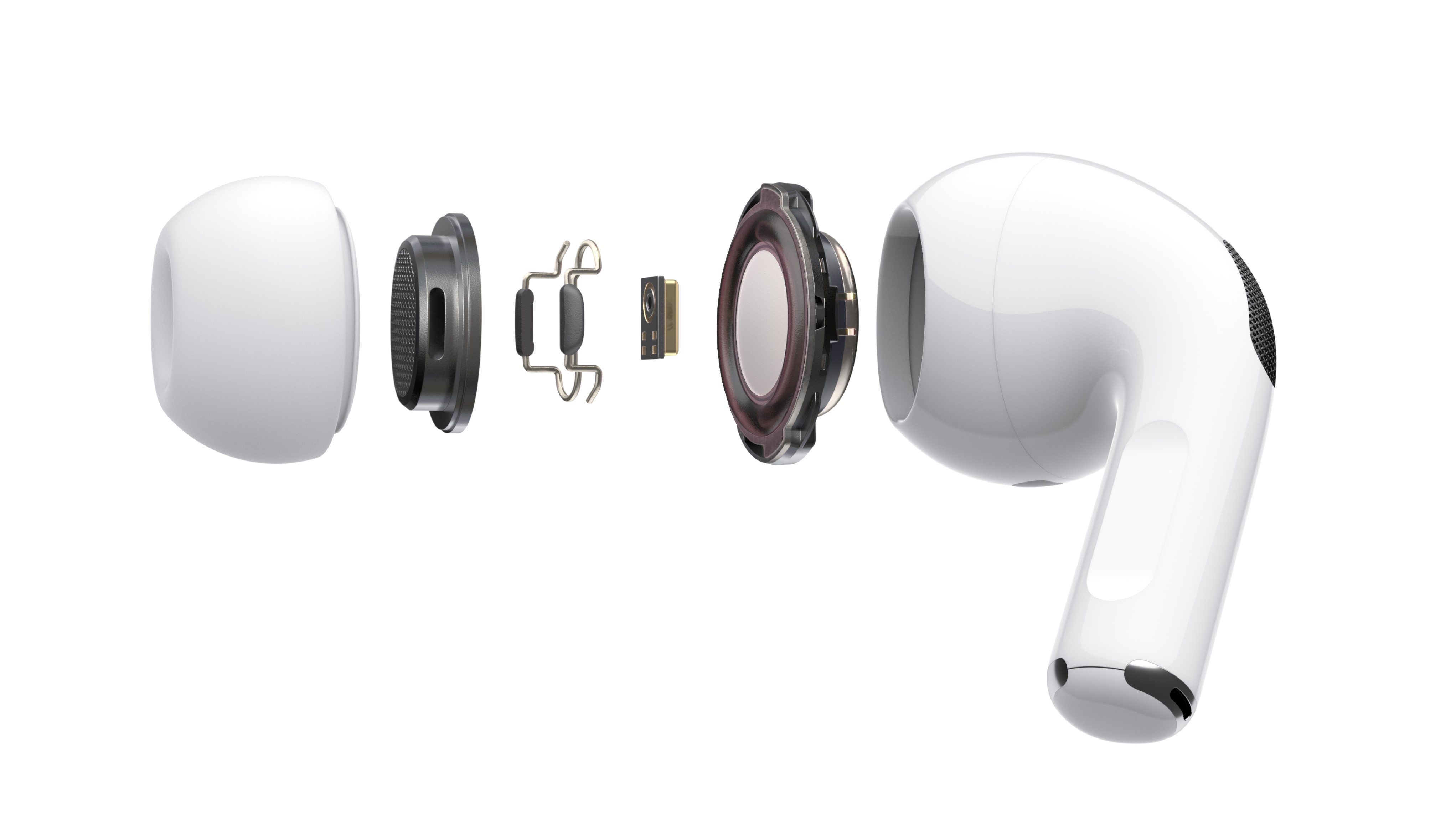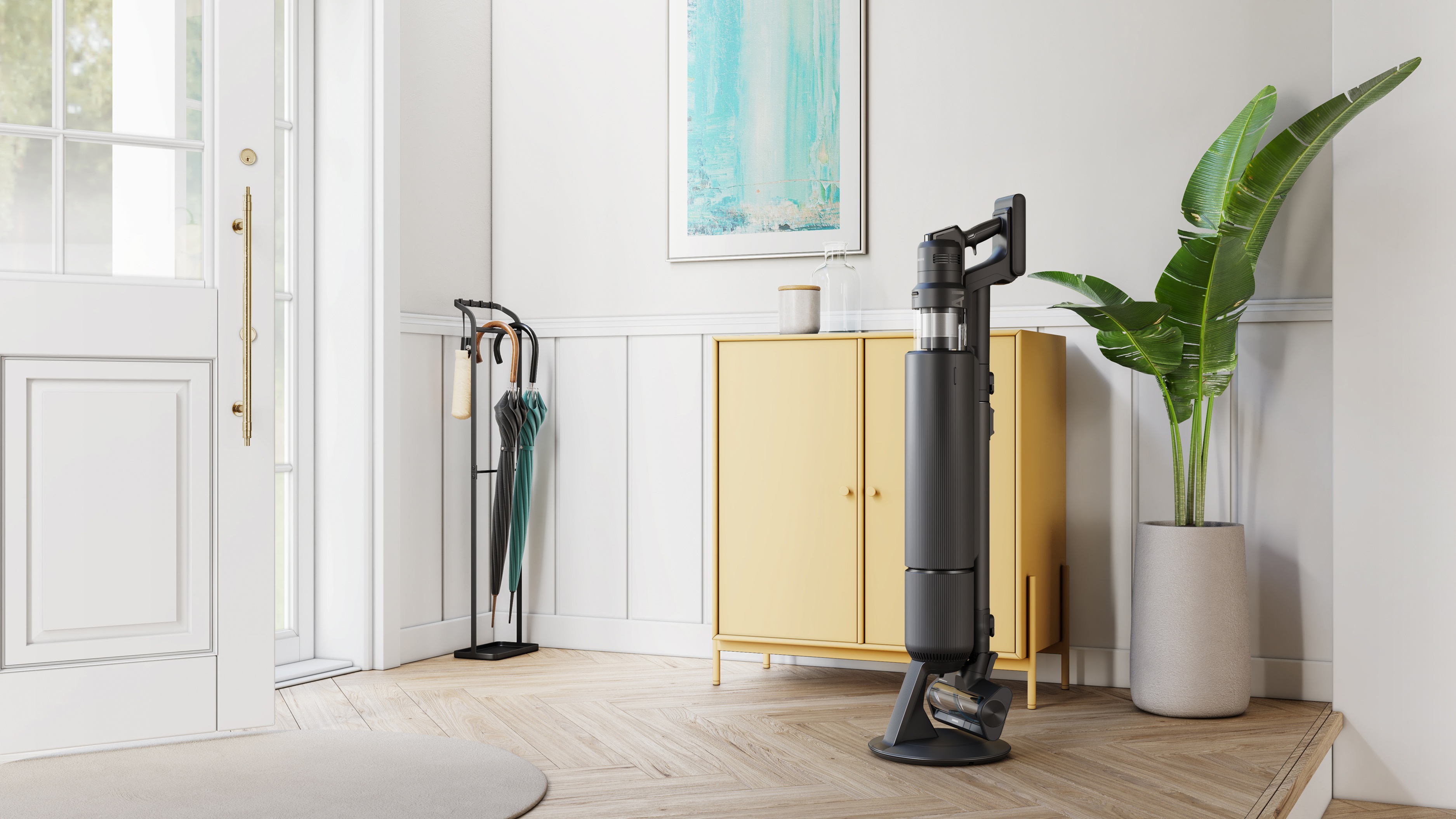

It's expected that Apple AirPods Pro 2 will launch some time in 2022, though probably not at Apple's Spring Event. We're expecting a new design that maybe removes the iconic 'sticks' entirely and even better audio quality than the original Apple AirPods Pro, helped in part by Bluetooth support for lossless audio, according to the latest rumours.
The thing is, Apple is incredibly unlikely to use the most common lossless Bluetooth option: aptX. This is owned and licensed by Qualcomm, and requires specific hardware support, which iPhones don't have. It would probably also rather not pay Qualcomm for the privilege.
But this isn't the only option – it's possible for companies to create their own higher-quality way to send music over Bluetooth. Most don't bother because both the sending device and the headphones have to support your new tech, so you have to get lots of other companies to be on board with what you're trying to do. Only one company has really tried it, and it's Sony, with its LDAC tech. It's supported on loads of Android phones, but only via a special hidden menu option, and few of the best wireless headphones have ever included support, outside of Sony's own options.
But that's no problem for Apple. AirPods are already packed with feature that only works with iPhones, iPads and Macs – this would just be one more exclusive. Apple can update iPhones to support a new audio streaming tech as long as it works within existing Bluetooth limits, and then it can build AirPods Pro 2 with this in mind.
So the big question is how Apple can add lossless support to Bluetooth's usually middling audio quality? Well, Sony's LDAC tech mentioned above already gives us a hint how it can be done, so let's look at the key technologies there, plus one other advantage Apple has in the pocket.
1. Adaptive bitrates
The main thing you need for lossless audio quality is the ability to send lots of information reliably. This is why audiophiles prefer wired headphones: nothing relays a ton of information more reliably than a cable.
In the wireless world, what you need to do is increase the bitrate – literally, the rate at which you can send bits of digital information to another device. Bluetooth 5 and later already gives us all the bitrate we need for high-quality lossless audio: up to 2Mbps. Standard Bluetooth audio transmission today (not including LDAC or aptX) is limited to around 0.3Mbps.
Sign up to the T3 newsletter for smarter living straight to your inbox
Get all the latest news, reviews, deals and buying guides on gorgeous tech, home and active products from the T3 experts
So we can just crank up the bitrate, right? Well, the key word in my first sentence above is "reliably". Bluetooth can only reach its maximum speeds as long as the devices are close together and there's nothing in between them. Not really useful for wireless headphones – there's no point trying to beam high quality music if it keeps cutting out.
So Sony's LDAC tech tackles this in two ways: 1) It limits the maximum bitrate of its music to just under 1Mbps at most – still triple what Bluetooth normally offers, but not too hard for modern devices to maintain. And 2) it automatically switches between three different bitrates depending on connection quality.
LDAC can beam its music at 990kbps at a maximum, or 660kbps when the connection's a bit dodgy (still a marked improvement over regular Bluetooth), or 330kbps when the connection is toughest – like if you're over the other side of the house from your phone.
This ensures that you always hear your music consistently, even if the quality has to drop at times – this is exactly the kind of prioritising of experience that I'd expect Apple to take, so adding adaptive bitrate would make total sense for AirPods Pro 2.
2. Hybrid lossy/lossless streaming
When we call music 'lossy' as opposed to 'lossless', we're generally saying that the compression used to make the file smaller has caused some information to be lost, meaning that certain fine details in the music might not be audible any more. Lossless music files are loved by audiophiles because they're closer to what was originally recorded.
To send music over regular Bluetooth's limited bitrate, it has to be compressed – no two ways about it. But even with LDAC's higher bitrate, it's smart to pick and choose your battles, because of the connection reliability consideration mentioned above.
So LDAC can use a combination of both lossy and lossless streaming when it sends music. Translation of a Japanese source by Android Authority reveals that LDAC splits up tracks into frequency bands during streaming, and then allows the parts of the frequency range that humans can hear best to include more audio information (ie, more lossless), and limits the bands that humans can't hear so well (ie, more lossy).
This reduces the total amount of information the track needs in order to reliably stream, but maintains quality for the most important parts. Again, we wouldn't be surprised to see Apple implement a very similar system.
3. The other kind of lossless
Right, here's where it gets confusing. In digital audio, 'lossless' actually has two uses. So far, we've been using it for one use in particular, which is the same way Apple uses it when talking about lossless audio in Apple Music: a higher-quality file that hasn't lost its fine details to compression.
But there is a second meaning, and it's related to how you actually send the file wirelessly, rather than referring to the file itself. The standard Bluetooth streaming music format is called SBC, and it's only used for sending files over Bluetooth. So if you have an MP3, your phone has to convert it to SBC on the fly. This conversion process can cause a further loss of fine detail information from the track.
So the second meaning of 'lossless' here is when you're able to transmit files over Bluetooth without converting them, meaning there's no additional loss from doing that.
In order to do that, both the sending device and the headphones need to support the same file types, and your music has to be in that file type. Again, this is no problem for Apple, since it makes both the iPhone and AirPods, and it has the Apple Music service.
Apple's lossless (meaning #1) music files on Apple Music are ALAC files – a format created years ago by Apple. If Apple supports ALAC on AirPods Pro 2, then it can support lossless (meaning #2) transmission to make sure that no detail is lost from its lossless (meaning #1) music files!
Simple.
Apple will almost certainly have other transmission tricks up its sleeve make this work well, and the company has spoken in this interview with What Hi-Fi? about how it also prioritises low latency, so there's as little time as possible between how long the music takes to beam from your phone to playing in your ears, so that will also be a factor in whatever Apple does next.
And it's possible that Apple won't include lossless audio supports in AirPods Pro 2, of course – but know you know what kind of tricks it could include to make it possible.
Matt is T3's former AV and Smart Home Editor (UK), master of all things audiovisual, overseeing our TV, speakers and headphones coverage. He also covered smart home products and large appliances, as well as our toys and games articles. He's can explain both what Dolby Vision IQ is and why the Lego you're building doesn't fit together the way the instructions say, so is truly invaluable. Matt has worked for tech publications for over 10 years, in print and online, including running T3's print magazine and launching its most recent redesign. He's also contributed to a huge number of tech and gaming titles over the years. Say hello if you see him roaming the halls at CES, IFA or Toy Fair. Matt now works for our sister title TechRadar.
-
 5 reasons you should be excited about the brand new Samsung Bespoke AI Jet Ultra
5 reasons you should be excited about the brand new Samsung Bespoke AI Jet UltraNot sure if it’s obvious... but I can't wait to try it
By Lizzie Wilmot Published
-
 These luxury private members’ clubs have their own race tracks
These luxury private members’ clubs have their own race tracksFrom the UK to the US and Japan, these are the world’s most exclusive race track members’ clubs
By Alistair Charlton Published